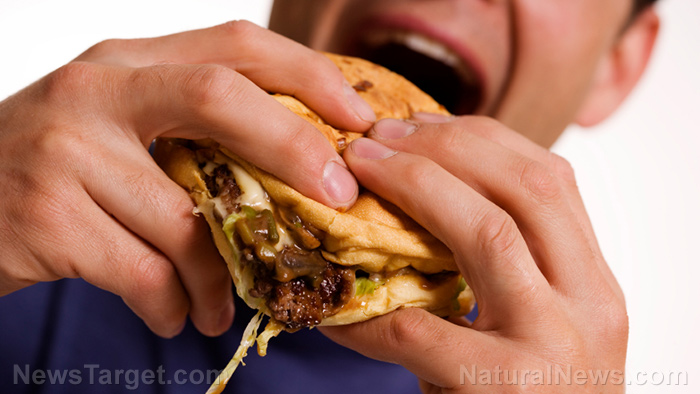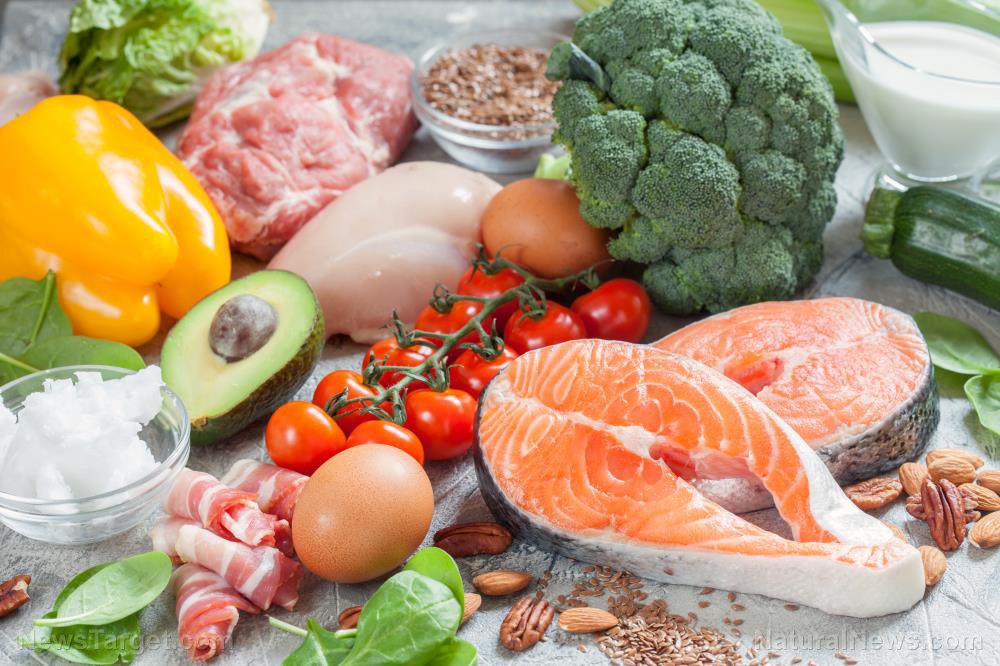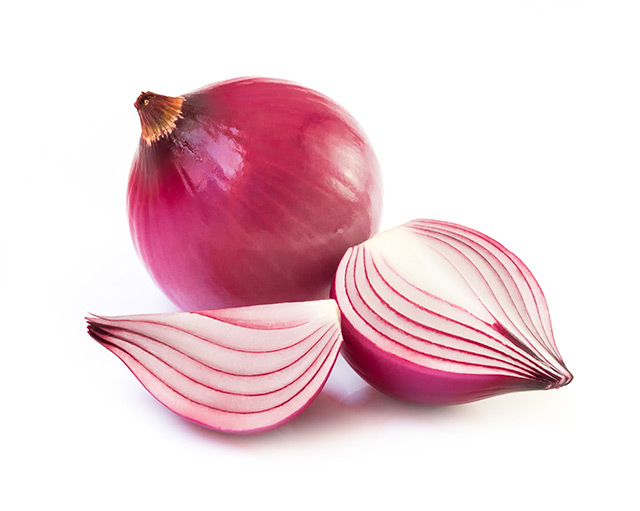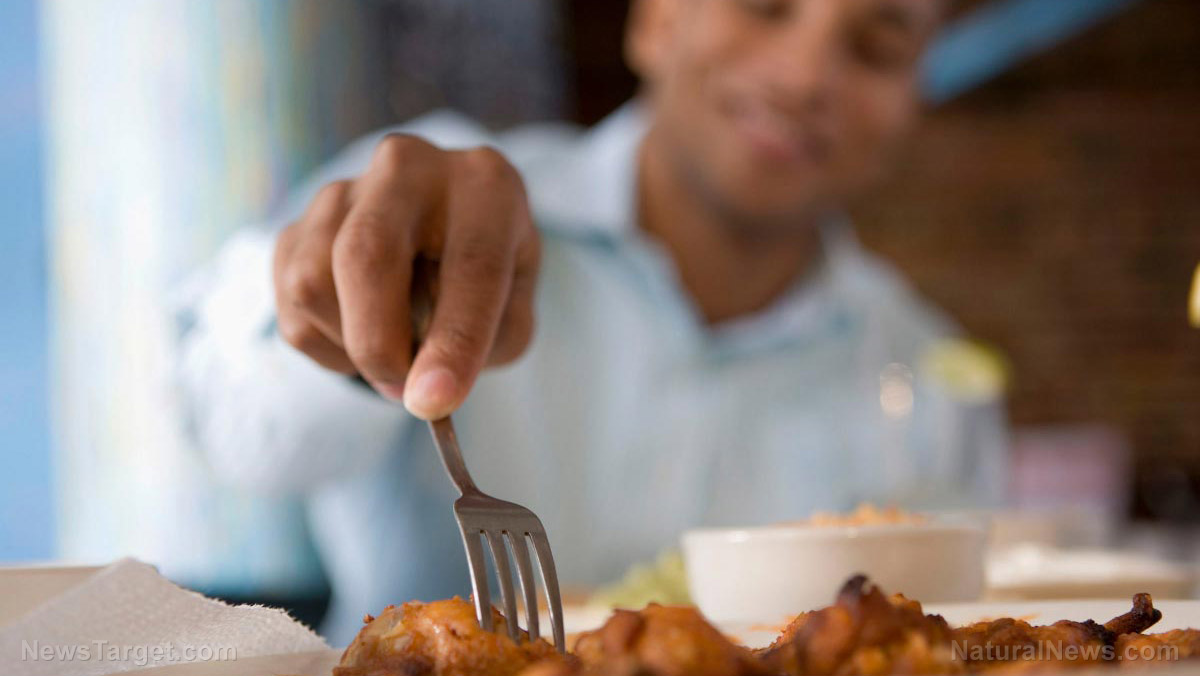Modified Qigong breathing exercise can reduce your sense of hunger
11/02/2018 / By Ellaine Castillo

Hunger is a major factor for excessive eating, which could lead to weight gain and obesity. Obesity is a major cause of concern since it could lead to complications like diabetes, hypertension, and cardiovascular disease. A potential treatment for obesity was found in a traditional Chinese medicine practice known as Qigong. In a study published in the Journal of Evidence-Based Integrative Medicine, it was revealed that the modified Qigong breathing exercise aids in weight loss by reducing a person’s sense of hunger.
- Treatments for obesity include changes in diet, physical activity, behavior therapy, pharmacotherapy, and surgery.
- Qigong is a form of Chinese traditional medicine that is commonly used for treating obesity. One specific exercise under Qigong called the “yuchan fanlang gong” or “frog making waves” is used by monks to suppress their hunger during fasting.
- The researchers created a modified breathing exercise, which was then tested for its effectiveness in managing the sense of hunger and food intake.
- For this trial, 60 participants were made to abstain from food for 24 hours and were instructed to perform the modified Qigong breathing exercise whenever they felt hungry.
- Regular observations of the sense of hunger, stomach acidity, and colon pressure were made throughout the day.
Results of the study showed that the modified Qigong breathing exercise significantly reduced the sense of hunger. In addition to this, gastric acid and colon pressure were also reduced as a result of the exercise. This proves that Qigong can be used as a potential treatment for obesity.
Read the full text of the study at this link.
Learn more about the other benefits of Qigong breathing exercises by visiting ChineseMedicine.news today.
Journal Reference:
Voroshilov AP, Volinsky AA, Wang Z, Marchenko EV. MODIFIED QIGONG BREATHING EXERCISE FOR REDUCING THE SENSE OF HUNGER ON AN EMPTY STOMACH. Journal of Evidence-Based Integrative Medicine. 12 May 2017;22(4). DOI: 10.1177/2156587217707143
Tagged Under: alternative medicine, eating habits, excessive eating, frog making waves, hunger suppression, obesity, Qigong breathing exercise, remedies, therapies, traditional Chinese medicine, weight loss, yuchan fanlang gong



















